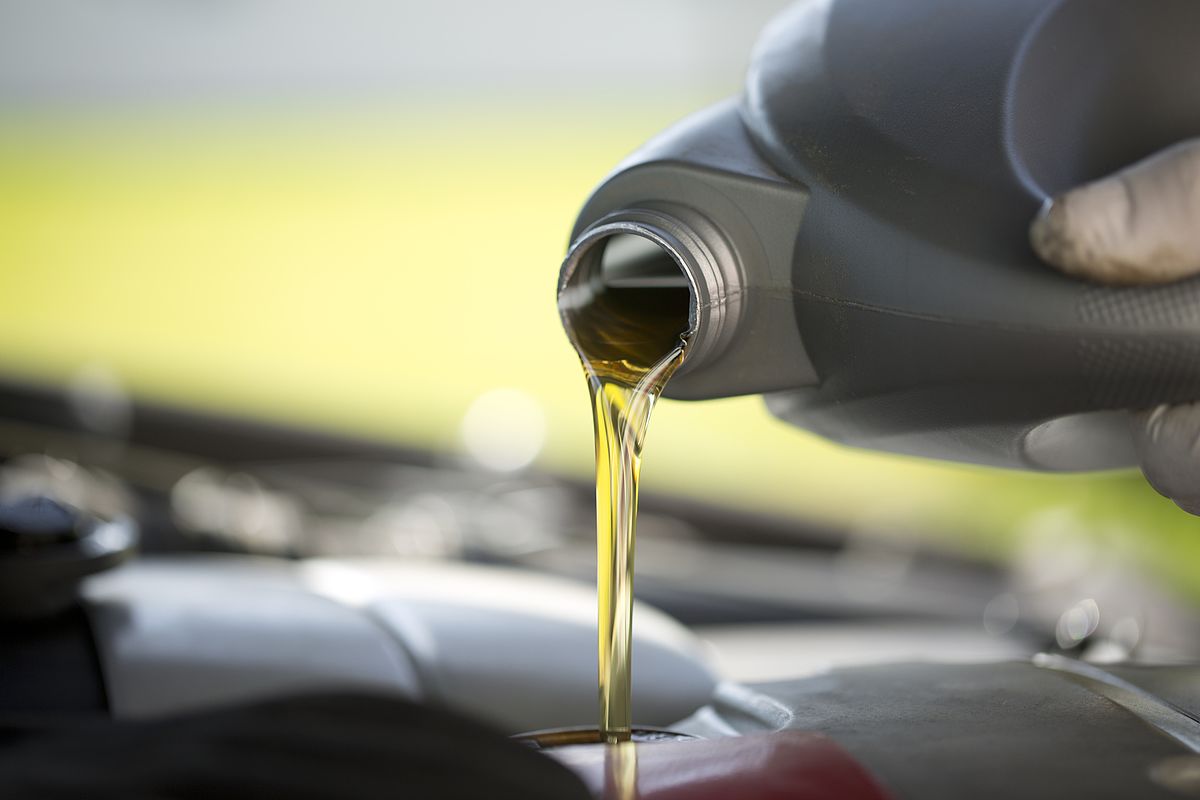Hi Guys,
There are cases where emulsified oil may have to be cut with lighter petroleum products to remove it from a base pan. Generally, if there is sludge in the bottom of a pan it can be cut with any light petroleum product.
The part of this I wouldn't do is run the engine. That's just me and I'm sure some guys here with more experience would and can justify how it might be advisable to do so...I have no problem with that either.
Now, the question is how would I scrub the base pan without removing the engine or running the engine...might be able to get in through the reversing gear cover and do something with it...but it would be difficult without removing half of it and even then you wouldn't really know how good a job was done.
It has been a long long time since I've seen sludge in a base pan. Frequency of changes and better oils have pretty much eliminated sludge from what I used to see as a kid playing with engines. There was a time when the oil filler caps were just covered in it...it was a pretty good indicator of what the rest of it would look like ie top pans, base pan etc.
So, if in doubt, I'd consider changing the oil more frequently.
There are cases where emulsified oil may have to be cut with lighter petroleum products to remove it from a base pan. Generally, if there is sludge in the bottom of a pan it can be cut with any light petroleum product.
The part of this I wouldn't do is run the engine. That's just me and I'm sure some guys here with more experience would and can justify how it might be advisable to do so...I have no problem with that either.
Now, the question is how would I scrub the base pan without removing the engine or running the engine...might be able to get in through the reversing gear cover and do something with it...but it would be difficult without removing half of it and even then you wouldn't really know how good a job was done.
It has been a long long time since I've seen sludge in a base pan. Frequency of changes and better oils have pretty much eliminated sludge from what I used to see as a kid playing with engines. There was a time when the oil filler caps were just covered in it...it was a pretty good indicator of what the rest of it would look like ie top pans, base pan etc.
So, if in doubt, I'd consider changing the oil more frequently.


Comment